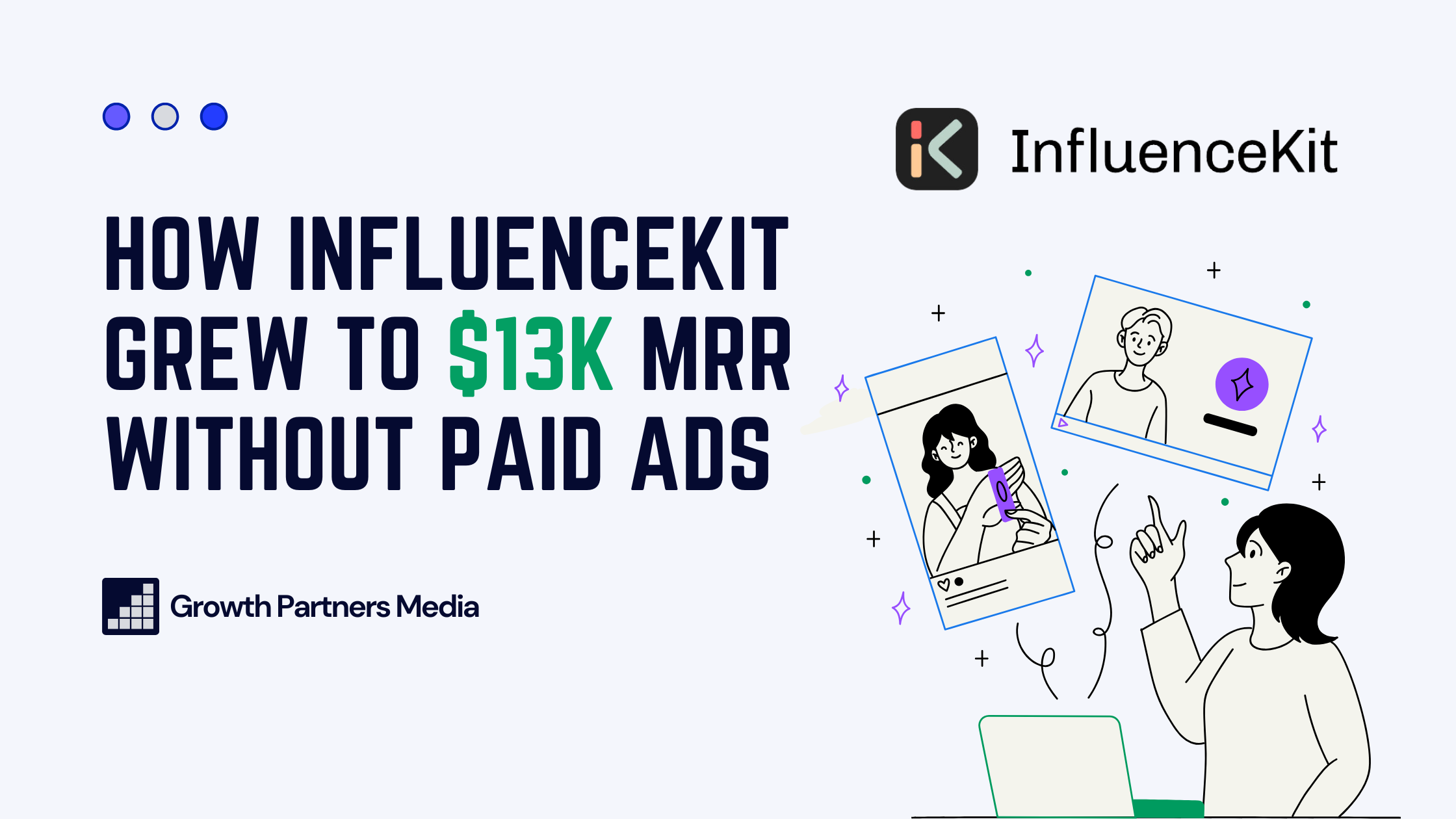Everyone says you need paid ads and aggressive marketing to grow a SaaS. InfluenceKit proved otherwise.
This reporting tool for influencers scaled to $13K MRR without a single dollar spent on ads. Their secret? A built-in viral loop that turned every user into a promoter.
Let’s break down exactly how they did it.
The Problem They Solved
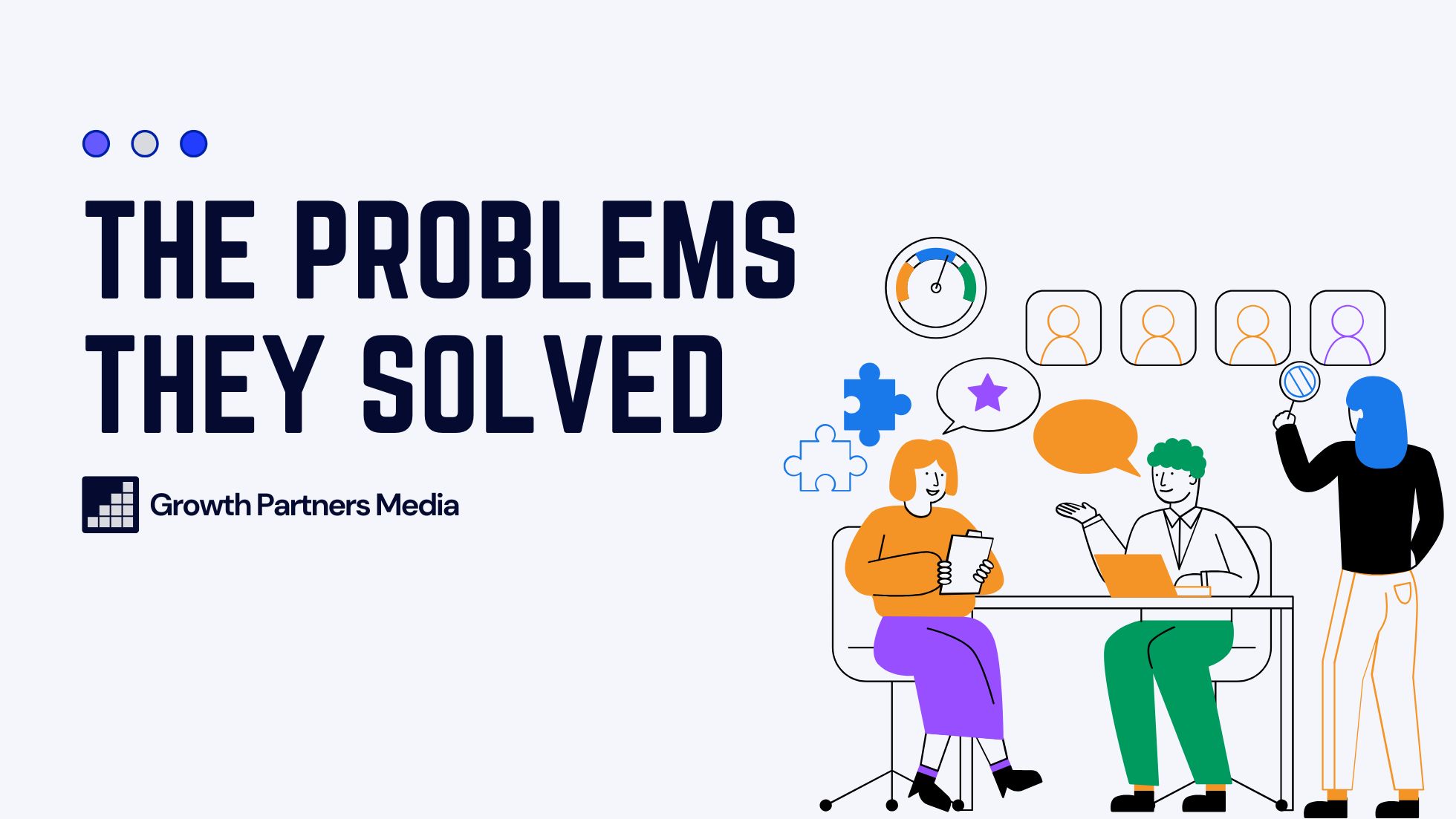
For content creators, proving their value to brands has always been a challenge.
Sponsored posts bring in revenue, but how do influencers prove their impact? Brands want hard data—reach, engagement, conversions. Tracking and presenting this data is time-consuming, frustrating, and often inaccurate.
InfluenceKit stepped in with a solution:
- Automated performance reports that update in real-time.
- Seamless integration with platforms like Instagram, YouTube, and TikTok.
- Easy sharing options so influencers could showcase their results to potential brand partners.
This was a huge pain point. And InfluenceKit wasn’t just solving it—they were making the solution effortless.
The Strategy
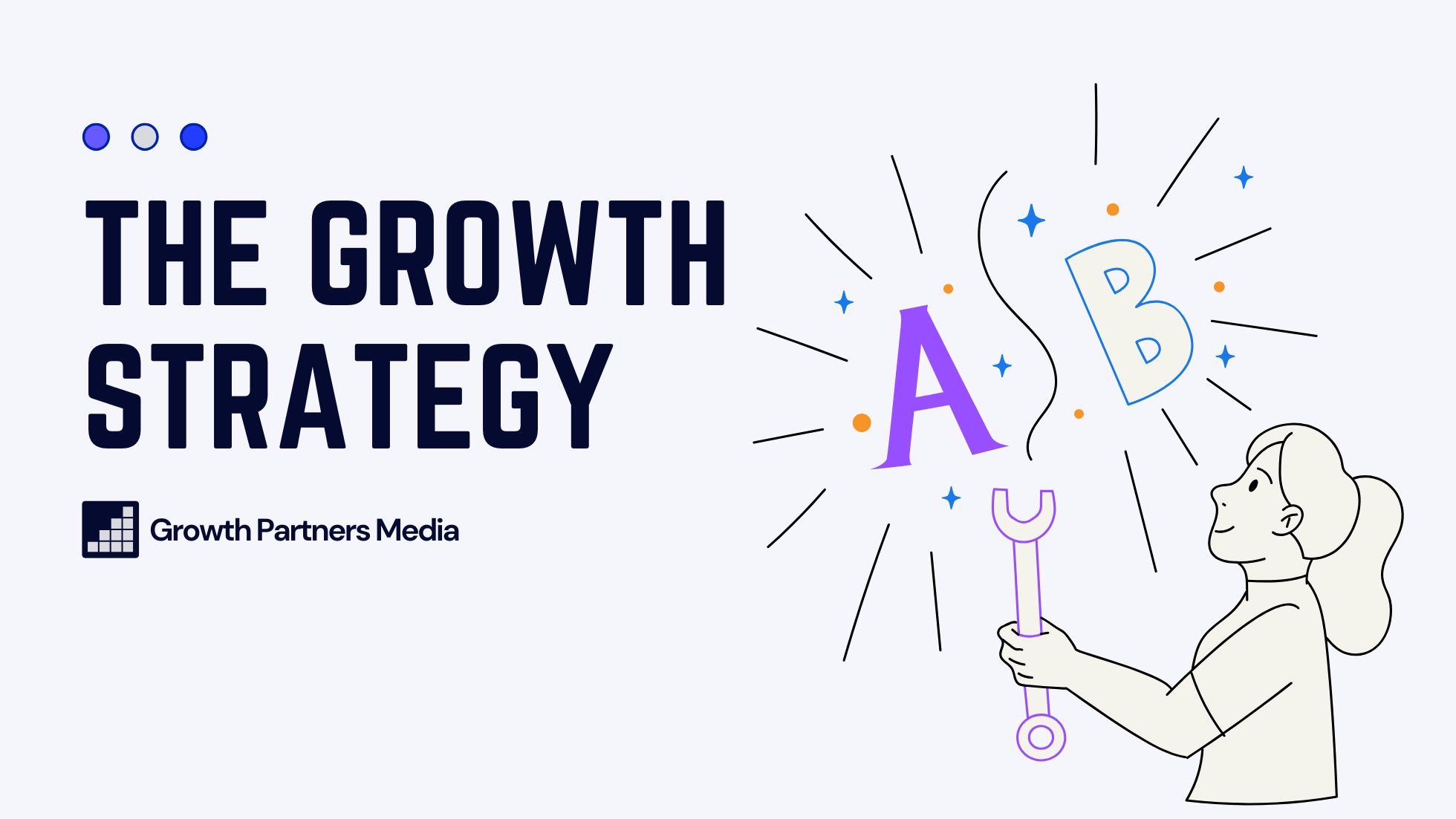
Before InfluenceKit became a business, it was an internal tool used to manage content reporting. Instead of launching with a big marketing push, they took a slow, strategic approach, refining the product through direct user feedback.
The breakthrough came when they realized that influencers love to showcase their stats. 🎊
By making it effortless to share reports—branded with InfluenceKit’s logo—they turned every user into a walking ad for the product.
They doubled down on organic referrals, ensuring that word-of-mouth wasn’t just a happy accident but a core feature of the business model.
Word-of-Mouth Engine
Rather than relying on traditional marketing, InfluenceKit engineered a viral loop into its product:
- Branded reports encouraged organic sharing—influencers wanted to show off their performance, and every shared report introduced new users to the tool.
- Influencers naturally referred others because the tool solved a key problem with zero friction.
- No incentives were needed—referrals were purely driven by value, leading to high conversion rates.
This wasn’t luck. It was a deliberate product design that turned each user into a growth channel.
Metrics & Milestones

Here’s what their journey looked like:
- $13K MRR (and growing).
- 180+ paying customers, including top food and lifestyle influencers.
- Zero dollars spent on ads or paid promotions.
- Customer lifetime value: $940.
- Revenue churn: 4–5%.
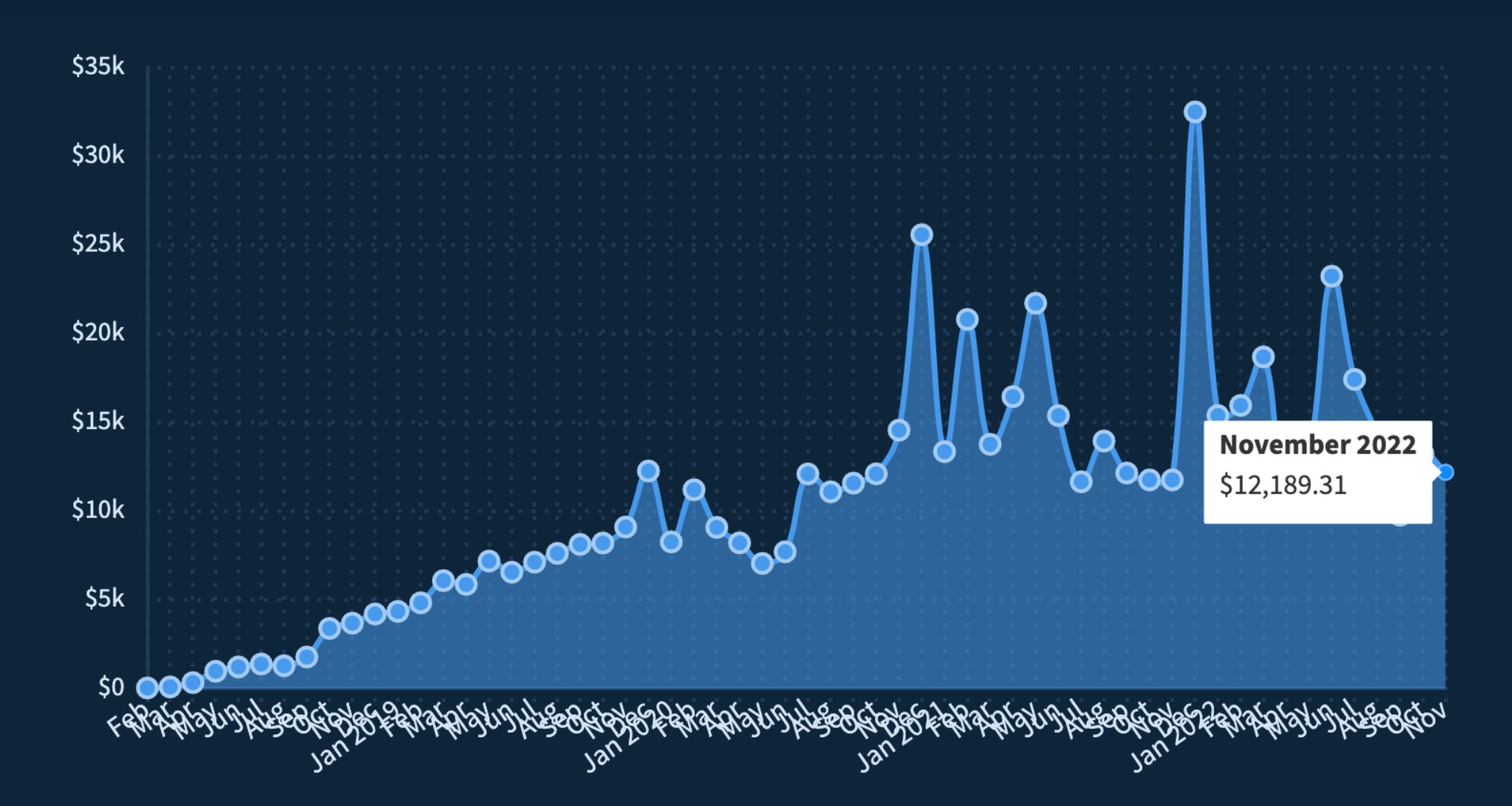
Takeaways & Practical Tips
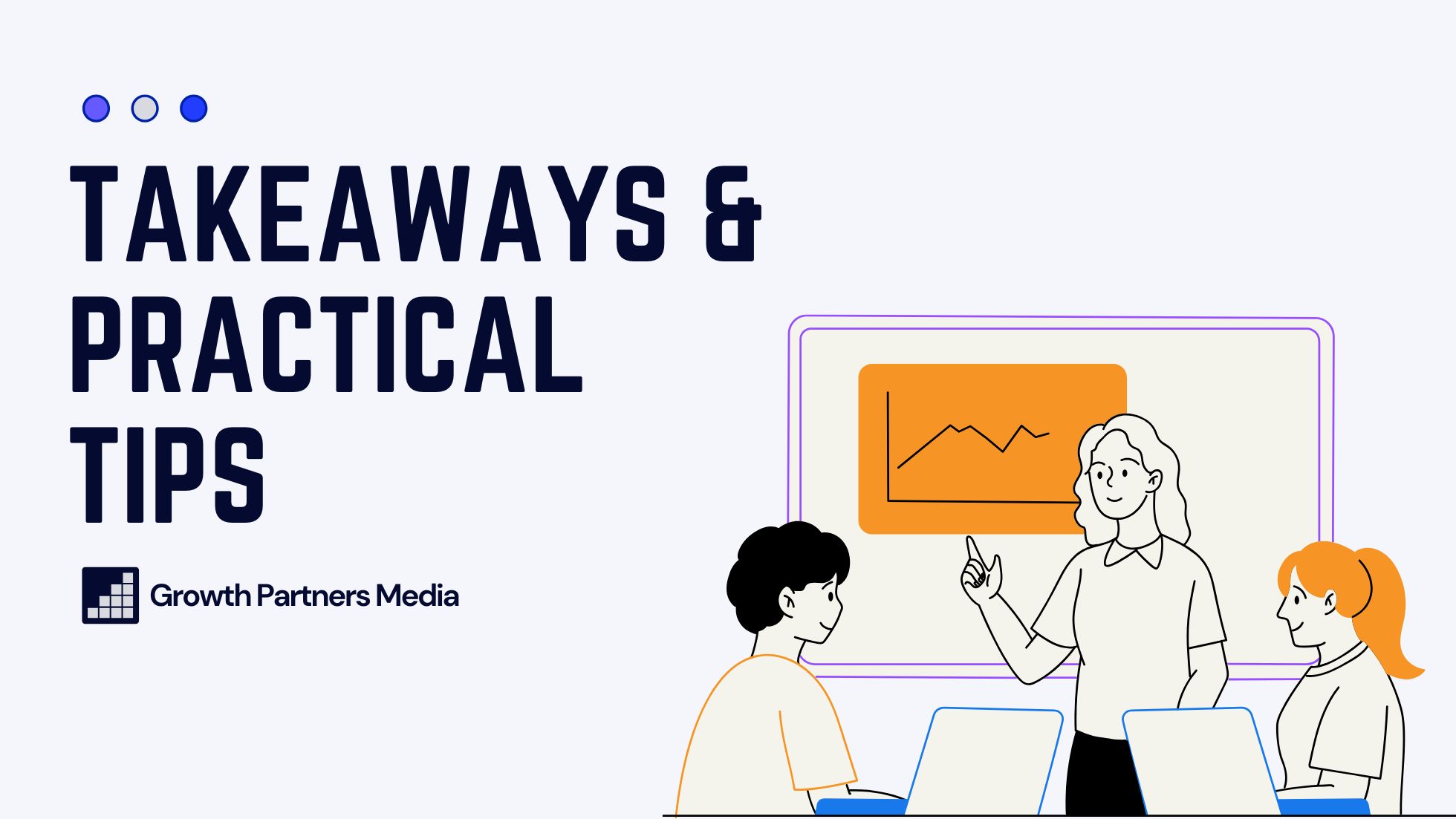
InfluenceKit’s success wasn’t about luck—it was about smart execution. Here’s what you can learn from their playbook:
✅ Engineer word-of-mouth into your product. Make it easy (and beneficial) for users to share your tool with others.
✅ Leverage built-in branding. InfluenceKit’s reports acted as free advertising—every shared report introduced the tool to potential customers.
✅ Focus on high-value referrals. When users refer others because they love the product (not for a reward), those referrals convert better and churn less.
✅ Slow, sustainable growth beats rapid scaling. InfluenceKit deliberately limited early growth to ensure they could deliver the best experience possible.
✅ Know your niche. By tailoring their messaging and features to influencers, InfluenceKit built a product with an immediate, undeniable value proposition.
InfluenceKit didn’t follow the SaaS playbook—and that’s why they won.
Instead of burning cash on ads, they built a product that sold itself. By embedding viral growth into their core functionality, they created a self-sustaining growth engine that continues to scale today.
For any SaaS founder looking to replicate their success, the lesson is clear: Make your product so valuable that users want to share it.
Another practical approach is building the audience and then the product. RightMessage did just that before they hit the $30K MRR a year later.

